CURRICULUM
Unveiling Our Dynamic Learning Approach
Using our Blended Learning Model, we utilize several curricular programs to engage children in developmentally appropriate learning opportunities encouraging them to be confident, life-long learners. Our learning model focuses on the whole child to meet the needs of each young Scholar.


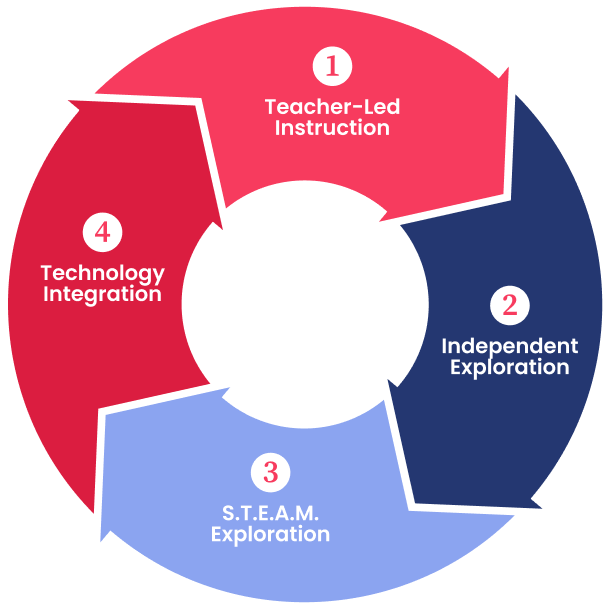
The Blended Learning Model

We believe in blending learning models…no one model fits every child. Our educational philosophy mirrors a traditional approach to learning which includes teacher–guided activities and instruction within a structured environment. We focus on teaching math, letters, numbers, sounds, shapes, problem-solving, listening, and more.
Because we also value play-based learning, we provide opportunities for children to explore and learn through imaginative play, art, and block-building. Our classes feature a variety of centers where learning can take place using open-ended materials. With our Blended Learning Model, we use four methods to differentiate instruction and engage children in developmentally appropriate activities.
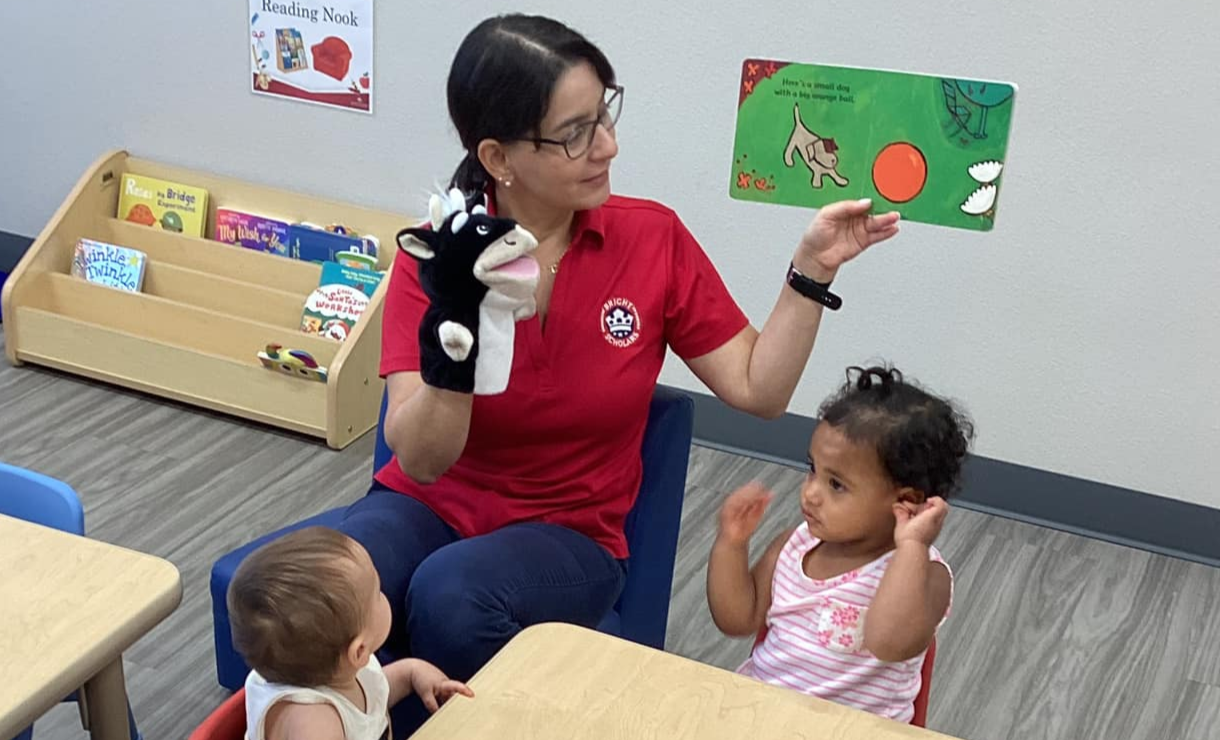
1
Teacher-Led Instruction
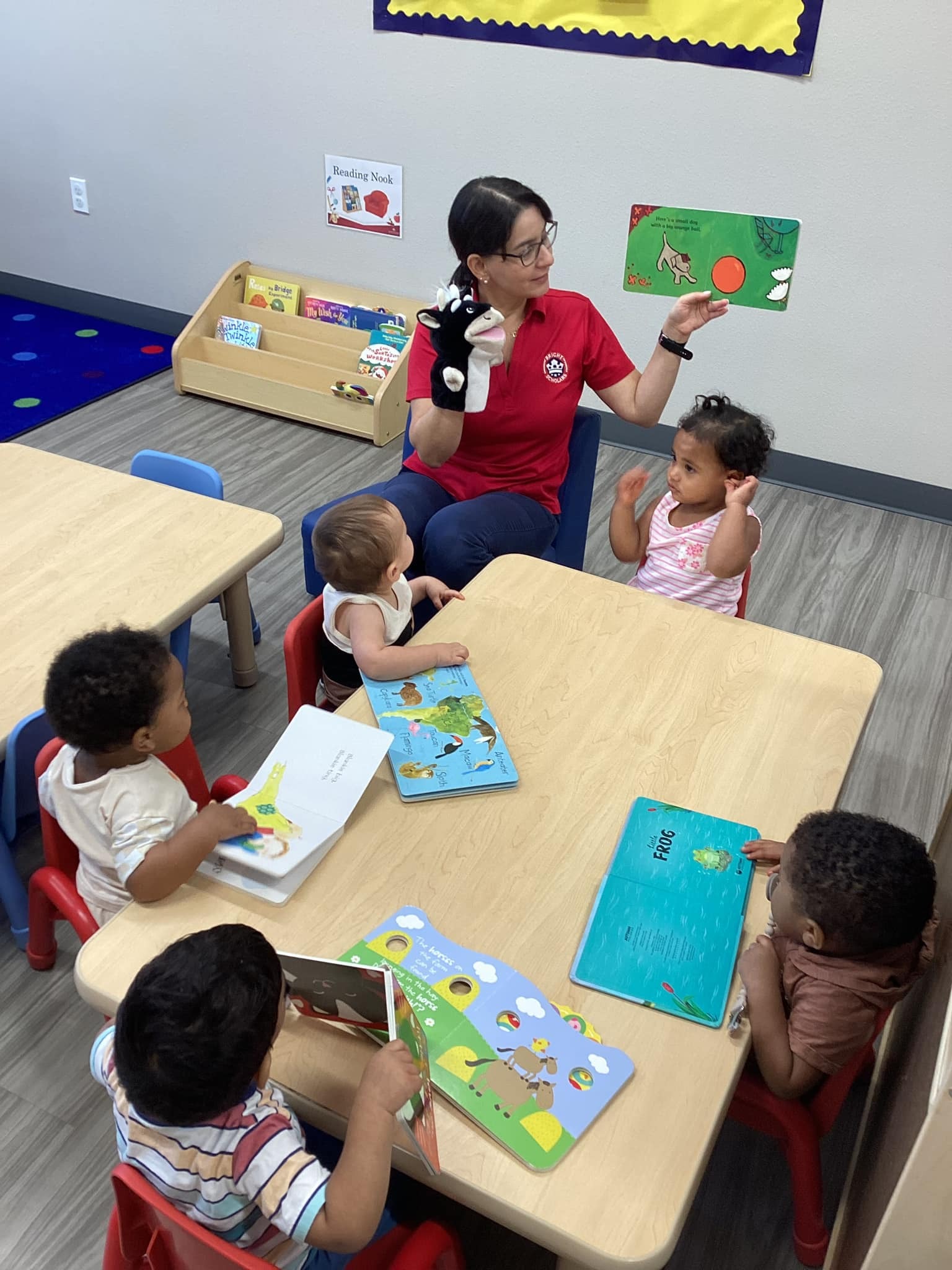
Teachers engage students in a variety of learning activities and play throughout the day. These activities occur during whole group learning often referred to as Circle Time. Other teacher-led instruction includes small groups and working with students one-on-one to focus on their individual needs. Learning activities include weather discussion, singing, listening to stories, phonics development, math, writing, and reading comprehension.
2
Independent Exploration
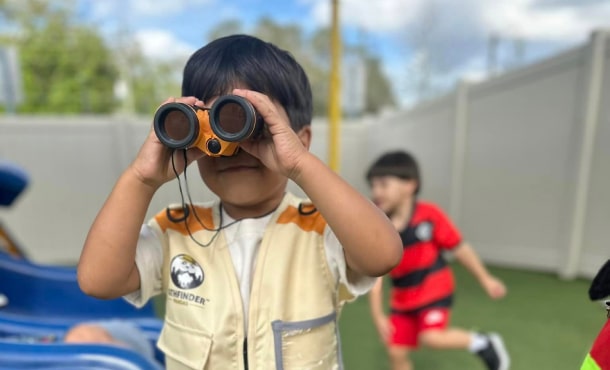
Students are given many opportunities to learn and explore independently during supervised center time. Students rotate between several centers: manipulative play, dramatic play, listening/reading, and teacher-led centers. Each center is equipped with age appropriate toys and materials to engage, stimulate curiosity, and allow students to have fun!
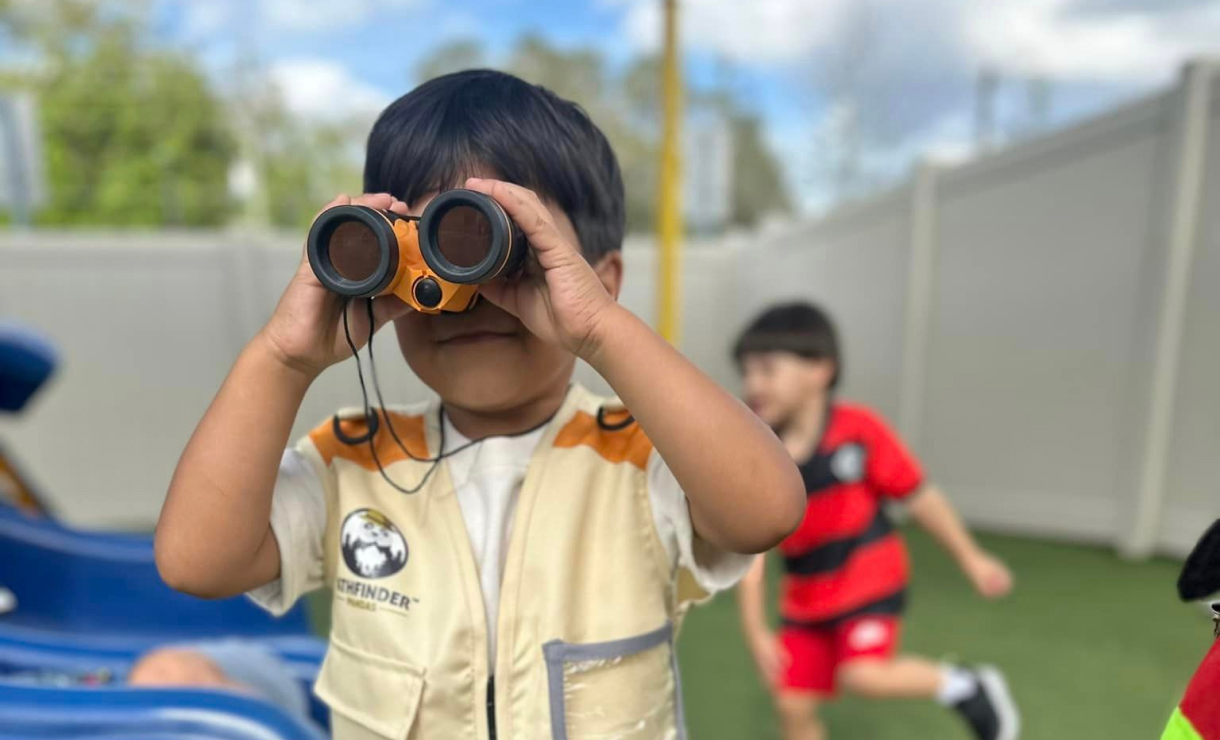
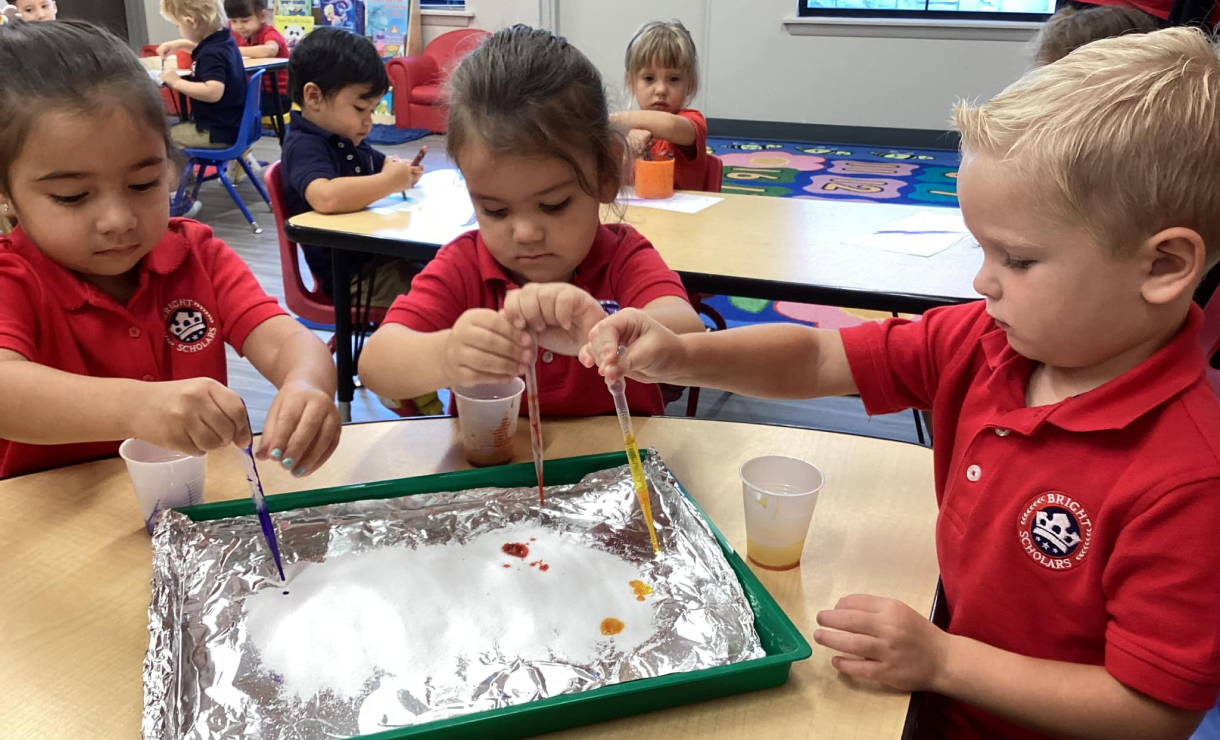
3
S.T.E.A.M. Implementation
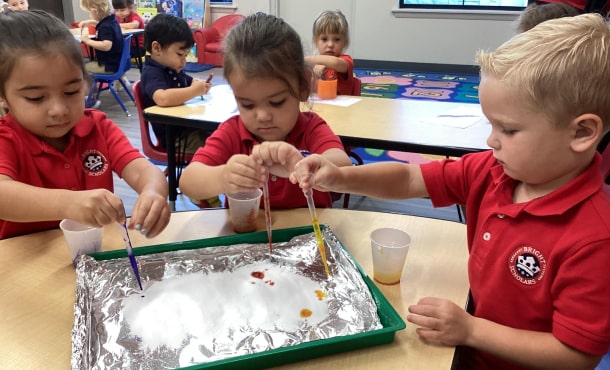
Beginning with our Pre-Scholars (age 3), we implement weekly S.T.E.A.M. projects (science, technology, engineering, arts and math). Our goal is to promote critical thinking and problem solving skills through S.T.E.A.M. lessons. Young children are natural explorers and why not tap into their curiosity in a positive manner. A sample S.T.E.A.M. lesson would include students reading “The Three Little Pigs” and then working in small groups to build their own houses using a variety of materials. The teacher uses a hand-held hairdryer (the Big Bad Wolf) to “blow their house down”. Only houses built with a strong foundation will withstand the test. Your child will love these fun-filled activities as they explore more complex topics.
4
Technology Integration
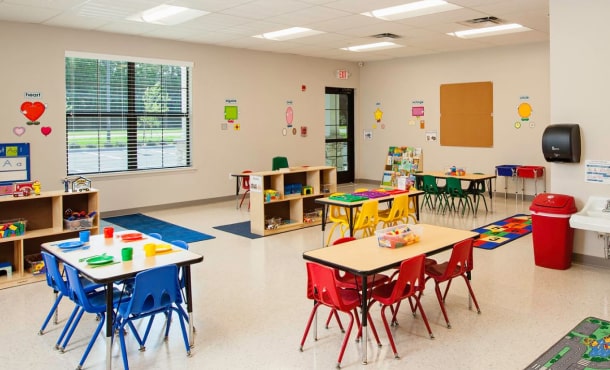
Using the most advance technology allows us to tap into the digital world in which we live. It is essential to expose students to advanced technology to extend learning beyond the classroom. Two days per week classes will use our mobile lab, a technology center complete with touch-screen tablets to practice hand-eye coordination with child-friendly apps and fun educational games that reinforce learning.
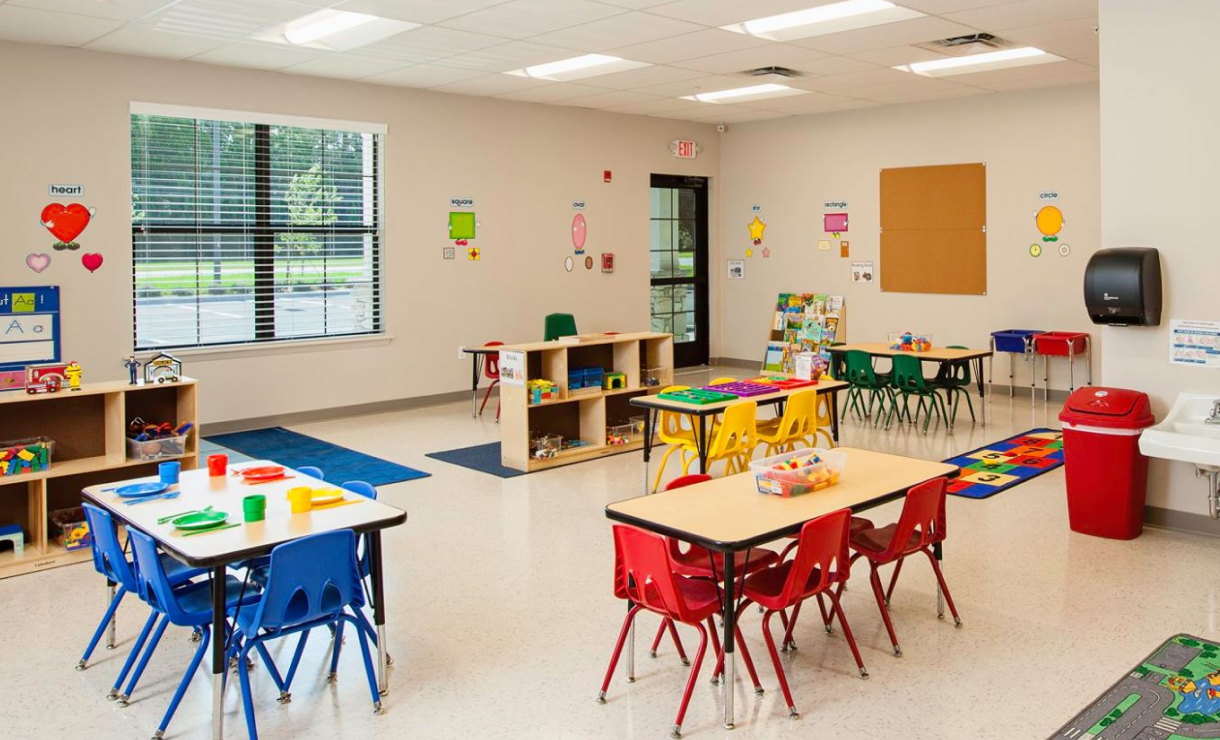
Our Curricular Programs
To successfully implement our Blended Learning Model, we utilize several curricular programs to meet the needs of our young Scholars.
FrogStreet Curriculum
Frogstreet Curriculum is a research-based program that directly ties to the Florida Standards for Early Learning. This program allows our teachers to provide intentional age-appropriate learning activities that follow a monthly theme. The curriculum ensures both teachers and students thrive in the classroom. Using the easy to follow lessons plans, teachers engage students in small group learning and center rotations focusing on literacy and math. Children participate in hands-on activities to learn concepts in phonics, language development, numbers, letters, shapes, colors, and reading comprehension. This program also includes weekly STEAM Lessons!
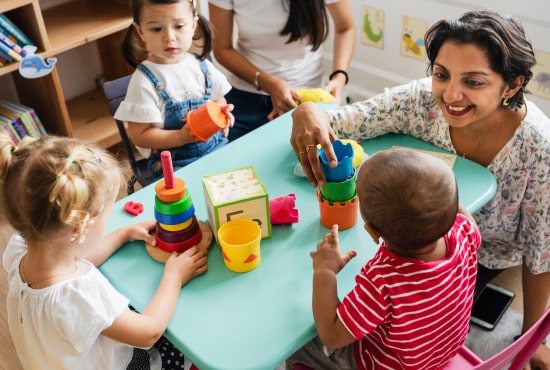
Social and Emotional
Frogstreet Curriculum, incorporates social emotional learning strategies that promote self-regulation and connection. This creates an environment which facilitates long-term learning. Students learn breathing and other calming techniques, school commitments, and safety practices that can be implemented anywhere at any time to help manage emotions and connect with others.
Our students learn the importance of being kind and loving their teachers, classmates, family and friends. With the use of literacy, puppet animations, dramatic play, role playing, and positive redirection, we support families in instilling moral values that will create a solid foundation now and years to come.

S.T.E.A.M. for Preschool
Beginning with our Pre-Scholars (age 3), we implement weekly S.T.E.A.M. projects (science, technology, engineering, art and math). Our goal is to promote critical thinking and problem solving skills through S.T.E.A.M. lessons. Young children are natural explorers and why not tap into their curiosity in a positive manner. Our STEAM lessons, simply put, allow students to “learn by doing.” A sample S.T.E.A.M. lesson would include students singing Row, Row, Row Your Boat as a precursor to building boats to learn about buoyancy. They then test their boats to see if their boats will float across our Tupperware-made streams.
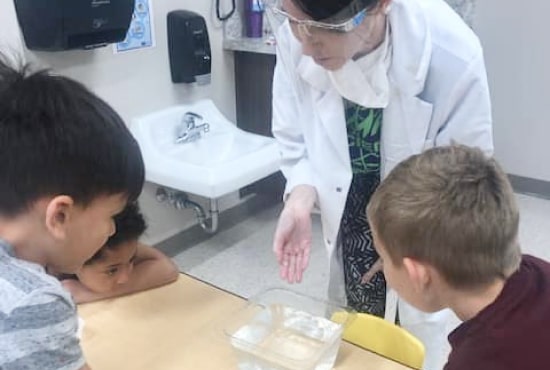
To effectively implement S.T.E.A.M. with fun and excitement, our teachers engage students in “What” questions rather than “Why” questions. Why questions imply that there is only one right answer and sometimes are difficult to answer. “What” questions are great for observations and discovery. During our weekly S.T.E.A.M. projects, students work to answer “What” questions such as those listed below. During observations and discovery, we ask questions like:
What do you see happening?
What do you notice about ____?
What is the difference between ____ and ____ ?
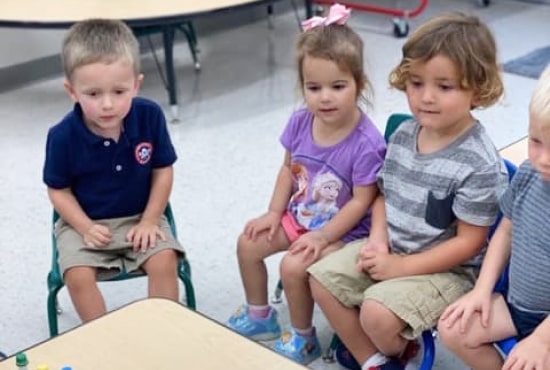
To further assist teachers in implementing our S.T.E.A.M. initiative, we provide 1-hour training each week where teachers experiment with the S.T.E.A.M. lessons before conducting them with the children. By doing so, teachers have the opportunity to think through the activity, consider the right questions to ask, and determine any accommodations needed to help their students successfully complete the weekly projects. STEAM instruction helps children to think in a connected and comprehensive way. Frogstreet Curriculum allows our teachers to successfully integrate STEAM instruction daily. It is never too early to introduce children to STEAM as part of your pre-K curriculum.


